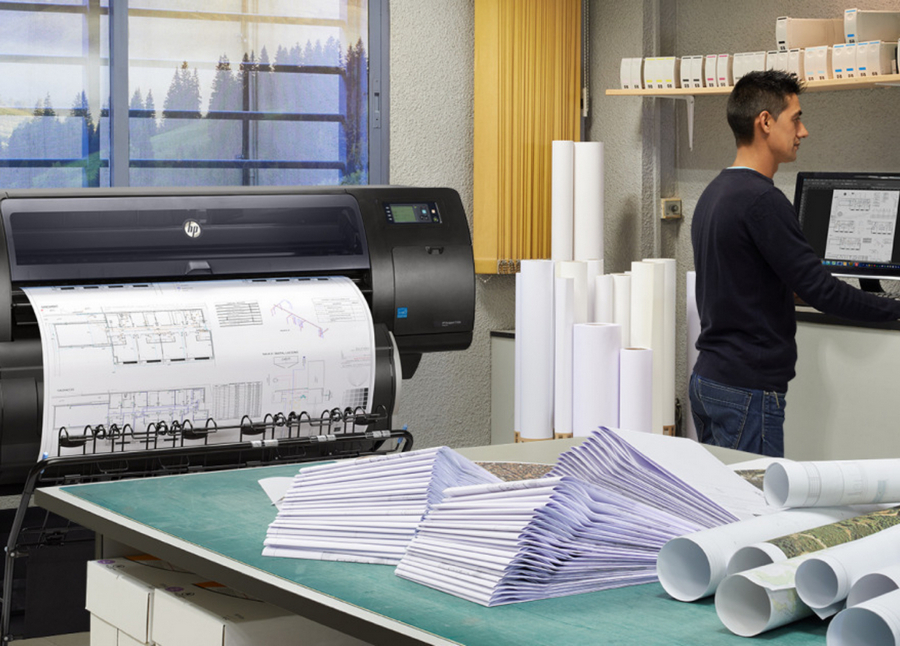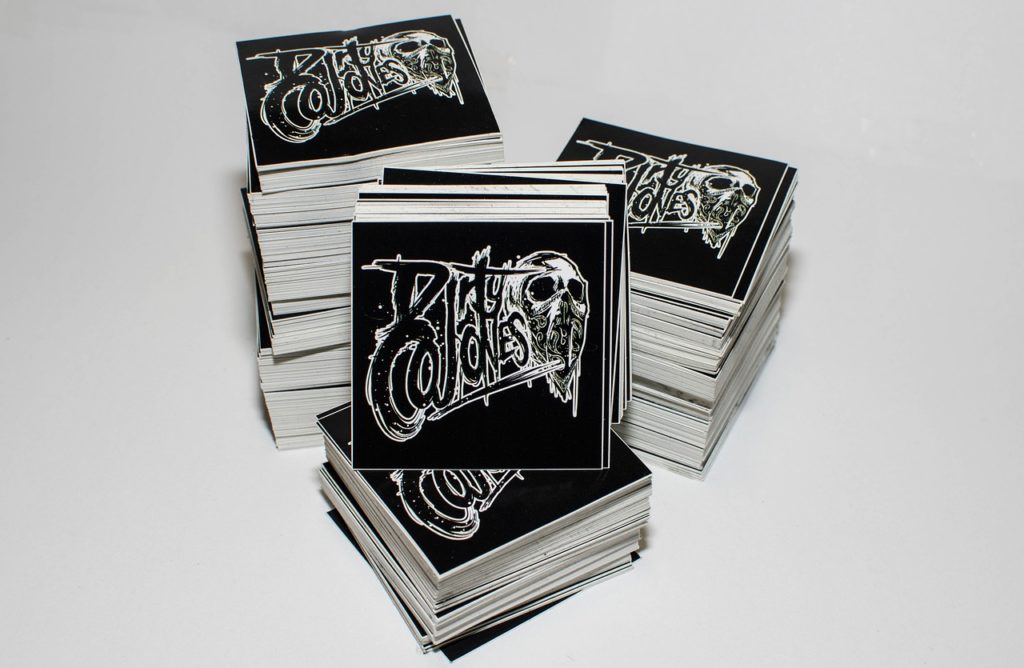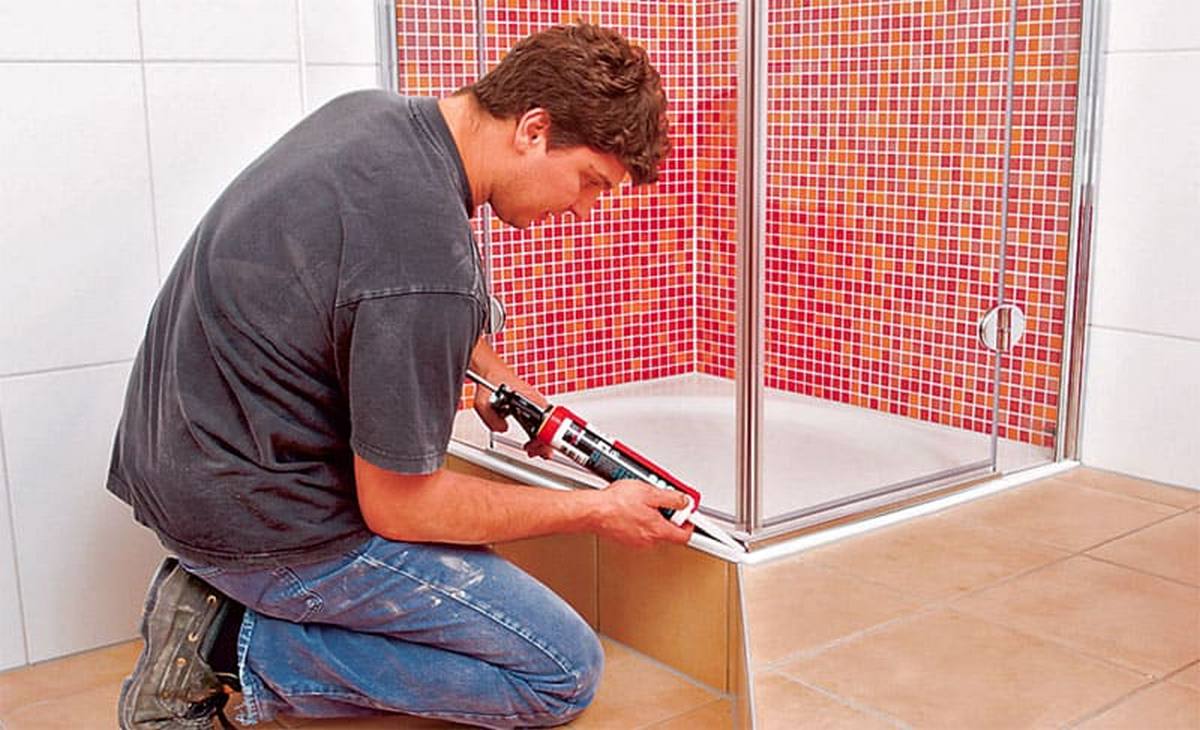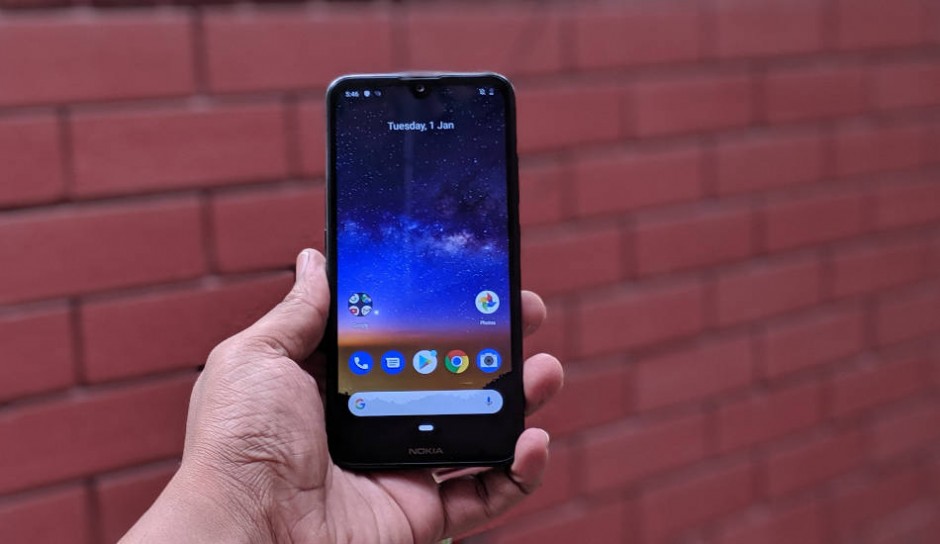Rating of the best plotters for 2025

The plotter is a high-tech equipment designed for printing on large format media (including A0). A plotter can also be called a plotter and is capable of printing not only on paper, but also on synthetic fabrics, canvas or film - these capabilities will depend on the features of its design. There are models that have the function of cutting the material, which allows you to accurately produce stickers, logos, labels of a given shape.

Content [Hide]
Plotter functionality
In many ways, the functionality of a plotter is similar to a printer, but in most cases it is used for large-format printing:
- Drawing objects on a self-adhesive film;
- Creation of presentations on large media;
- Printing of advertising banners and posters;
- Implementation of various projects and drawings.
Due to its large dimensions, application features, this equipment can rarely be found at the master's house. Such devices are in great demand among:
- printing companies;
- advertising organizations;
- Cartographic centers;
- design bureaus;
- design companies.
Existing types and formats of plotters
The format of the device itself is key when purchasing it, and most often potential users use the A2 format. However, this size can be reduced on most models, but it is not possible to increase it on every plotter. At the same time, devices do not consume every type of paper - in this case, its top layer will play a big role. For example, certain types of devices can only print images on media in which the carrier layer is glossy - then the image will lay down evenly.If you insert paper with a matte surface into such a device, then the image will simply turn out to be blurry.
Ink and paints
The described devices, in fact, are enlarged models of printers, and, accordingly, differ in the printing mode. As a rule, jet variations are more represented on the market, but there are also piezoelectric and thermal ones. The difference between them is as follows: the former win in image quality, but lose in image drawing speed. It should also be noted that the former are much more expensive than the latter, so their availability is rather reduced. The thermal plotter was originally conceived as an economical device, therefore, in some functions, it is inferior to the piezoelectric one.
Not the last role in the work of the plotter is played by ink. The most budget option is pigment or water-soluble variations. They cannot be called resistant to environmental factors. They adhere relatively poorly to paper in their original form, and also fade quickly. Their other disadvantage is that they can only be applied to paper - on other materials such ink will simply be smeared. For more professional work, solvent inks are used, which are firmly held even on plastic surfaces. They are less prone to fading, practically not subject to the negative effects of direct sunlight. And the very density of the solvent paint will not allow even the strongest rain to destroy its layer. Regarding printing on a woven basis, the only type of ink used for these processes is sublimation ink.
The most expensive and extremely effective paints are considered ultraviolet.The procedure for printing them has one feature - in the process of applying an image, it is irradiated with special light and a UV lamp. All this affects the adhesion of the ink to the surface, and the picture itself acquires a rich color.

Modern types of plotters
In total, it is customary to distinguish nine types of them, not counting developments excluded from civil circulation (for example, equipment for imprinting bank notes, securities, copy-protected media, etc.).
Drum (roll) samples
The principle of their work is based on the fact that paper, rolled up in a roll and loaded into the device, moves along the drum, and when passing through the print head, an image is applied to it.
Such models are the most common and super popular with potential buyers, because they have good advantages:
- Provide a fairly high print quality;
- Possess the properties of multifunctionality and versatility;
- Significantly save consumables;
- Do not occupy extremely large areas.
Despite the fact that the user gets a fairly good result at the output, these plotters have a number of “cons”:
- Far from being cheap;
- High cost and complexity of maintenance;
- It is required to maintain certain temperature and humidity conditions in the working room.
Feather models
In these devices, a vector method of applying an image is used, that is, it lies on paper or other media using a writing element - the so-called "pen", which can only move in two directions. At present, devices have been developed that can operate on liquid ink or special lead pencils (pencil-pen samples).The movement of the writing element is provided by an electric motor, which, by analogy with a household dot matrix printer, is a source of increased noise. In addition, again drawing an analogy with a dot matrix printer, the described devices have a very, very low print speed. To this day, manufacturers have not been able to overcome all the above shortcomings, even optimizing the operation of electric motors by more than 50%.
However, two main advantages should be noted:
- Extremely improved quality of the resulting image;
- Excellent color reproduction and high contrast for color drawings.
IMPORTANT! To get excellent results on a pen plotter, you should also choose excellent media (paper) and ink (inks) from the “above average” category.
Inkjet models
The printing technology used in these models is in many ways similar to the technology of inkjet printers, however, it also has its differences. It consists in applying many dots of different shades to a certain area. 4 colors are used as standard - cyan, magenta, yellow and black. Other colors are obtained by mixing the above main ones. In modern inkjet devices, the so-called "bubble" technology (original development of the Japanese company "Canon") is used. Ink for printing a picture is supplied from a variety of nozzles that are equipped with a print head. Each nozzle has a thermal heater, as a result of which an air bubble is created. Through this bubble, ink is squeezed out of the nozzle, after which the heating element cools down until the next use.
Inkjet devices have also become quite widespread due to their undoubted advantages:
- Adequate price for the device itself;
- The prevalence of consumables;
- The maintenance procedure is easy and simple;
- Sufficient resolution;
- Great speed and performance.
IMPORTANT! Some samples of this type are able to adjust the ink supply in order to obtain bright, contrasting and clear images. However, manual adjustment will require some skill and experience from the operator.
Electrostatic plotters
The principle of their work is to apply the contours of an invisible image to the media, to which liquid ink then sticks. They can only use a special type of paper. Drying is the final step in printing. These plotters will be ideal for jobs where quality and higher resolution are essential, while at the same time combining productivity and printing speed.
Devices for direct output
In this equipment, the picture is applied to a special thermal paper, which is impregnated with a special chemical composition. Passing through the thermal heaters of the plotter, such media will change its color in a given place, which will allow the desired image to appear. Direct output is especially popular with engineering firms and design offices because it produces accurate and high-quality images, albeit in monochrome colors. Another huge plus will be the most undemanding maintenance and the absence of the need to comply with special environmental requirements during operation.
Working on the principle of heat treatment
These devices are somewhat similar to those described above.However, their main difference lies in the fact that when passing through the “comb” of the thermal paper device, a special colored “donor” will also come into contact. To create an image in color, this operation should be repeated more than once. At the end of the process, the resulting image will be very resistant to UV and water.
LED and laser samples
The printing technology in them is very similar to that in conventional laser printers - a laser beam applies an invisible image to the media, after which toner is glued onto it and baked. This technology is distinguished by high quality and resolution, high speed and performance. The only downside is the high price.
Plotters with cutting function
By right, such equipment can be called a professional tool for the advertising industry. Drawing the image can be made on photographic paper, vinyl, thermal film, cardboard, standard paper. The cutting function is performed by a special cutter, also known as a knife. Trimming is performed automatically according to a predetermined program.
Print on canvas
There are plotters capable of printing on media with increased thickness. Conventional models print images on paper with a density of 80 to 90 grams per square meter. A canvas can have a density of 240 - 250 grams per square meter. Thus, if you want to produce large-format printing on canvas, a conventional device will not work. If you try to use a blank as a carrier on a conventional device, then at best the electric motor will simply burn out, and if we talk about the cutting device, then the knife / cutter will certainly fail.
At the same time, only pigmented inks should be used for printing on canvas, as they tolerate contact with moisture best and are able to successfully resist fading. However, if you intend to apply an image that is not designed for a long period (for example, printing election banners), then it is quite possible to use water-soluble dyes.
The main advantage of a large-format plotter for printing on canvas is that such images do not require high quality. As a rule, large-scale images are printed on canvas, intended for remote viewing, so it will be difficult for a person to look closely at the details. This shows that a resolution of 300 dpi will be enough.
So, when choosing a plotter for printing on canvas, you should pay attention to the following parameters of the printing device:
- The presence of accurate or partial color reproduction;
- Management of printing images from various sources (programs);
- The durability of the resulting image;
- Physical width of print cartridges;
- Possible temporary volumes of continuous printing;
- The maximum usable dimensions of the resulting image.
The right choice of plotter
First of all, you should consider future costs, namely, take into account not only the price of the device itself, but also the additional costs of its maintenance, repair, and the purchase of consumables. Only by calculating these indicators, it will be possible to draw a conclusion about the high cost / cheapness of the selected model. Especially hidden costs affect the big picture the most. At the same time, this printing machine, due to its high technology, should always be considered as an investment in the workflow.
If we talk about the need to replace the old device with a new one, then it is best to consider a more modern model with extended functionality. At the same time, if the budget has significant restrictions, then it is better to choose an older model, but with improved features. It is worth noting that if a radically different model was selected from the one to be replaced, then all explicit and hidden costs for it will have to be recalculated. It is quite possible that the cartridges and other consumables remaining from the old model simply will not fit the newly acquired one.
And yet, as a last resort, you can always use the financial lease (leasing) of the necessary equipment.
Picture quality
Depending on future needs, it is necessary to focus on such indicators as image resolution in dots per inch, print speed and performance, as well as the drawing technology itself. For example, if the plotter is purchased for short-term use, for example, printing advertising banners for candidates within the framework of an election campaign, which will be installed at objects remote from the human eye, then it makes no sense to overpay for a technically high image quality. If long-term use of the device for printing drawings and engineering diagrams is expected, then attention should be paid to direct input graph plotters or those working on the principle of heat treatment. In turn, for the advertising business, cutting or drum models will be the best option.
Ease of use
This category includes several features and is far from being limited to a set of buttons on the plotter body itself.When evaluating the comfort of using the plotter functions, one should rely on:
- Types of jobs most often sent to print - will they be mostly the same type or will the printer settings need to be changed from time to time? If the same type of tasks prevails, then it is necessary to take care that the required number of required templates can be accommodated in the memory of the graph plotter. If frequent reconfiguration is required, then it should be as laborious as possible and not require pressing many buttons;
- The number of expected regular users is no secret that each operator will customize any equipment specifically for himself. Thus, if the number of users is large enough, then reconfiguring the print should not take much time and should not require special knowledge or explanation on the operation;
- The maintenance process - replacing consumables (reinstalling cartridges, refilling ink) and loading media should not create any special difficulties for the operator. The preferred option would be a model that allows you to perform these processes, as they say, "on the fly";
- Ergonomics - this criterion indicates that when working with the device, its user should not require any significant physical effort. For example, it is desirable to install a paper roll and wind it on the drum using automatic modes, the operator panel is located in a convenient way, i.e. access to it is not hindered by other operating elements, changing the media feed angle is easy and natural, etc.
Upgrade Availability
Naturally, predicting the future is a difficult task.But due to the fact that plotter equipment is quite expensive, it will be easier to upgrade some of its parts separately, assembling a modern model, than to purchase a completely new unit. The ideal option for purchase would be a sample on which you can change the following elements over time:
- After-sales service - the possibility of extending the contract for maintenance and repair with a specialized organization;
- Software - the manufacturer independently, as new programs are released, transfers updated firmware versions to the user so that the equipment “keeps up with the times” in terms of the latest technical developments;
- Hardware - the ability to physically add new elements to the equipment design, or replace obsolete ones.
Rating of the best plotters for 2025
ultraviolet
2nd place: Mimaki UJF-3042 MkII
votes 0
A fairly compact piece of plotter equipment, perfect for those who do not pursue large formats, but put quality at the forefront. It works in a fairly quiet auditory range - up to 75 dB, the shape of the case will allow you to place it even in a small area, saving space. It works only under the control of the Windows system, the connection is made via the USB port and the Ethernet network.

| Name | Index |
|---|---|
| Resolution, t/d | 1200x1200 |
| Weight, kg | 145 |
| Format | A3 |
| Price, rubles | 1 400 000 |
- Adequate price;
- Moderate dimensions;
- Economical paint consumption.
- There is no PostScript support.
1st place: Mimaki JFX200-2531
votes 0
A powerful and demanding plotter capable of generating A0 format pictures. Due to the high requirements, it is desirable to provide the device with a UPS device.Able to work on a huge variety of materials: acrylic, polycarbonate, glass, metal, building, wood. Feeding is carried out only by sheet, the roll option is not provided. The ionizer is located at the back and restrains the manifestations of static electricity.

| Name | Index |
|---|---|
| Resolution, t/d | 2500x3100 |
| Weight, kg | 900 |
| Format | A0 |
| Price, rubles | 7 700 000 |
- Application of innovative technology "variable drop";
- Reliable clamping of the carrier by means of vacuum;
- Three working sets of cartridges.
- There is no network connection.
Textile
2nd place: Epson SureColor SC-F2000
votes 0
A special sample designed for the production of prints on clothing and its details. Differs in small dimensions and small weight, it can be installed even on a table. It is characterized by a low noise level and almost does not differ from ordinary household printers. Works with two sets of cartridges - 4 and 5 colors. The print speed is on par. Capable of printing on 100% cotton.

| Name | Index |
|---|---|
| Resolution, t/d | 1440x1440 |
| Weight, kg | 82 |
| Format | A2 |
| Price, rubles | 1 370 000 |
- High-quality printing (does not crack, does not wear off);
- Eco-friendly technology;
- Permanent dye inks.
- Inexpensive consumables.
1st place: Mimaki TS300P-1800
votes 0
A professional wide format sample from a branded Japanese manufacturer. For its purpose, it has sufficient weight and dimensions, in terms of price / quality ratio it is at a premium level in its segment. Works in two color modes - 4 and 6 colors.The function of automatic rewinding of the media is extremely well implemented - a very uniform supply of material is ensured.

| Name | Index |
|---|---|
| Resolution, t/d | 1040x1040 |
| Weight, kg | 213 |
| Format | A0 |
| Price, rubles | 1 800 000 |
- The innovative print technology "MAPS4" is used;
- Stability of drawing;
- vacuum tension.
- Not found for your segment.
Solvent
2nd place: Mimaki JV150-160
votes 0
Multifunctional and massive machine with an extended set of functions. It is considered an energy-intensive device, which is compensated by the speed, productivity and quality of creating prints. Perfect for creating drawings in color, as well as large-scale diagrams. The design implements a protection system against media overheating, unauthorized displacement of the print head, etc. Prints in 4-color and 6-color modes. The connection is made via the local network.

| Name | Index |
|---|---|
| Resolution, t/d | 1440x1440 |
| Weight, kg | 185 |
| Format | A0 |
| Price, rubles | 950000 |
- Replacement of cartridges "on the fly";
- Works on both paper and film;
- A reliable protection system has been implemented.
- There is no cutting.
1st place: Roland VersaStudio BN-20
votes 0
A small and unpretentious model with slightly less than average functionality. The most common format is A1, hence the light weight. Noise during operation is not particularly observed, other inkjet printers work louder. A big plus is the ability to print photos. The feed is carried out by means of a rolled drum. Applied paint that can create rare shades, such as "silver metal". Cutting is built into the machine. It has its own VersaWorks software.

| Name | Index |
|---|---|
| Resolution, t/d | 1440x1440 |
| Weight, kg | 35 |
| Format | A1 |
| Price, rubles | 600000 |
- The presence of the fifth color;
- contour cutting;
- Stable quality.
- Not identified (for its segment).
Inkjet
2nd place: Epson SureColor SC-T3400N
votes 0
This sample is positioned on the market by the manufacturer as very economical. Consumes little energy, saves paint, does not take up much space. The printing technology is piezoelectric inkjet, which indicates high quality. Working noise does not exceed 50 dB. High speed - the first print is ready in 25 seconds. It has its own memory of 1GB to store the developed templates and settings. Works under Windows and MacOS. Available in 4 standard colors.

| Name | Index |
|---|---|
| Resolution, t/d | 2400x1200 |
| Weight, kg | 49 |
| Format | A1 |
| Price, rubles | 150000 |
- Adequate cost;
- Speed and performance;
- Reduced power consumption.
- Not identified (for its segment).
1st place: Canon imagePROGRAF iPF685
votes 0
Standard swatch working on four colors. It has a basic set of functions, including printing photos and printing in the absence of borders. Withstands a standard 220 V mains workload. The design implements a hot-swappable “cartridge” system. The electronic filling is simple, the memory for storing templates and settings is 256 MB. It works both under the control of "windows" and under the control of "apples". The PostScript system is not supported.

| Name | Index |
|---|---|
| Resolution, t/d | 2400x1200 |
| Weight, kg | 56 |
| Format | A1 |
| Price, rubles | 160000 |
- High-quality photos and borderless mode;
- On-the-fly cartridge replacement;
- Trolley for transportation.
- Little functionality.
Instead of an epilogue
The analysis of the domestic market showed that units from the specialized Japanese brand Mimaki are more popular - its models are distinguished by quality, an adequate price, and the possibility of modernization. Moreover, this Japanese manufacturer has long taken care of a developed network of its certified service centers in the Russian Federation, so the consumer does not have any questions about repairs and spare parts.
new entries
Categories
Useful
Popular Articles
-

Top ranking of the best and cheapest scooters up to 50cc in 2025
Views: 131657 -

Rating of the best soundproofing materials for an apartment in 2025
Views: 127697 -

Rating of cheap analogues of expensive medicines for flu and colds for 2025
Views: 124525 -

The best men's sneakers in 2025
Views: 124041 -

The Best Complex Vitamins in 2025
Views: 121945 -

Top ranking of the best smartwatches 2025 - price-quality ratio
Views: 114984 -

The best paint for gray hair - top rating 2025
Views: 113400 -

Ranking of the best wood paints for interior work in 2025
Views: 110326 -

Rating of the best spinning reels in 2025
Views: 105334 -

Ranking of the best sex dolls for men for 2025
Views: 104373 -

Ranking of the best action cameras from China in 2025
Views: 102222 -

The most effective calcium preparations for adults and children in 2025
Views: 102016









